京都
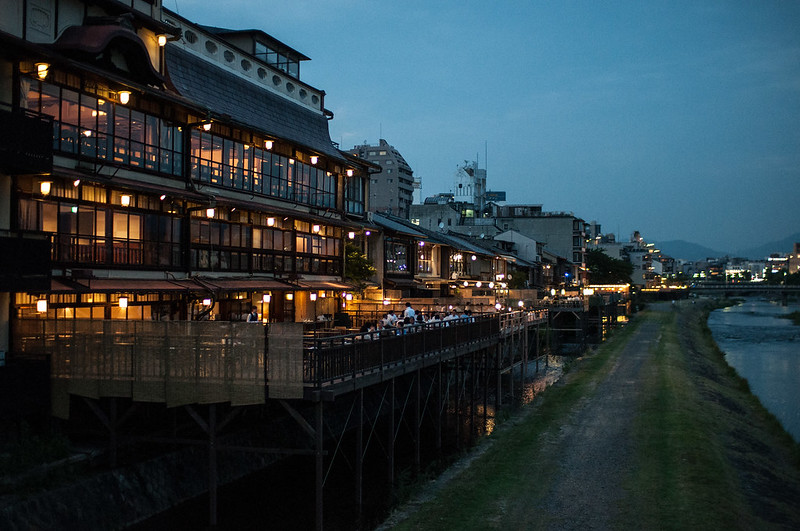
Shops along the Kamogawa river set up decks during the summer, serving up moderately priced set menus in the hot evenings.
The ancient capital of Japan boasts its fair share of wonderful things. The World Heritage temples and shrines. The famous festivals. And the food. The food in Kyoto is part of the experience. With kaiseki being branded as the claim-to-fame cuisine, it is tough for others to get a foot in the door.
But ramen doesn’t care much about protocol, and sure enough, Kyoto-kei ramen became a thing.
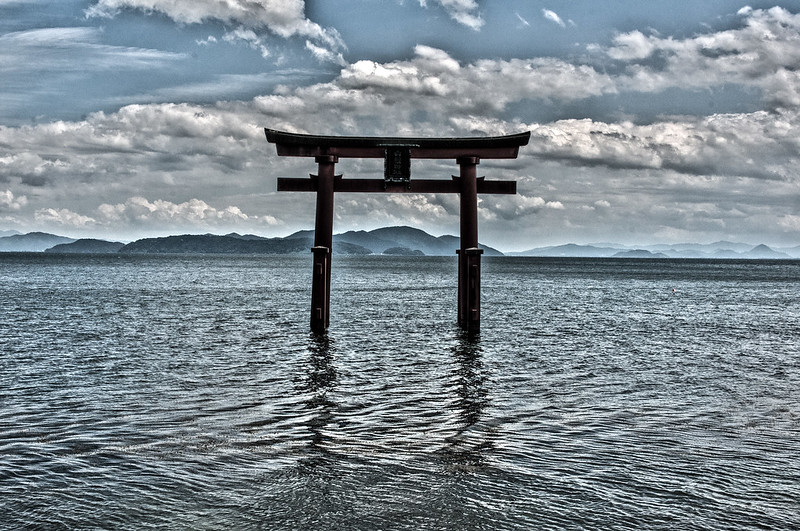
This is along Lake Biwa. I highly recommend checking out this, Japan’s largest lake.
But what is Kyoto-style ramen exactly?
Is it this bowl of refined motsu soup? This shop was hidden down a back alley, the entire shop made of beautifully crafted wood. Kyoto’s culinary image is very refined, but this isn’t Kyoto-style.
Maybe this bowl. Run by the son of a tofu shop owner, this bowl is made with soy milk and a light Japanese dashi. With the sheer number of high-end yudofu restaurants in town, something like this might be considered Kyoto-style.
Nope, not even close.
This is Kyoto-style ramen. Contained in a relatively small corner of the main city, near the University (of course!) is the concentration of these shops. Kyoto-style ramen can be seen as a mix of East and West. The West, with their creamy soups, the East with their thicker noodles and aversion to stinky pork bones. What you end up with is a cross between a light Hakata ramen (oxymoron) and a heavy Tokyo soup.
Topped with scallions. Don’t forget the scallions.
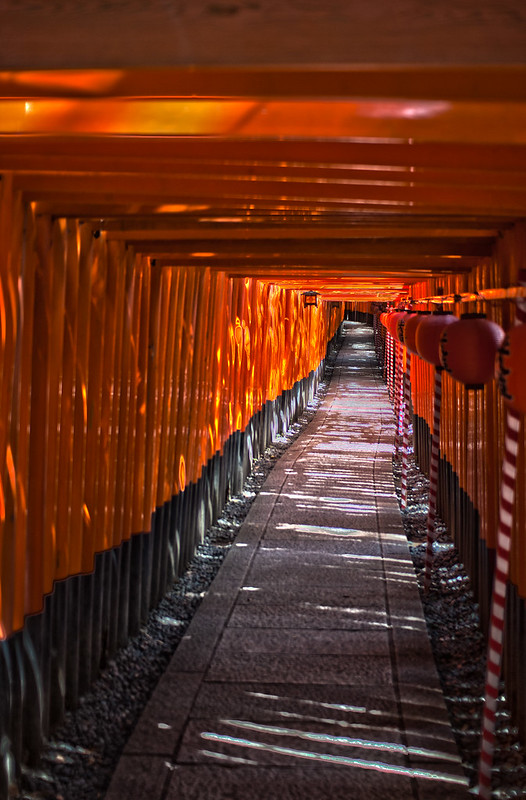
Fushimi Inari Shrine is an entire mountain covered with these red tori gates. Over 10,000 of them.
FYI, there is a handy Kyoto ramen map at the station.

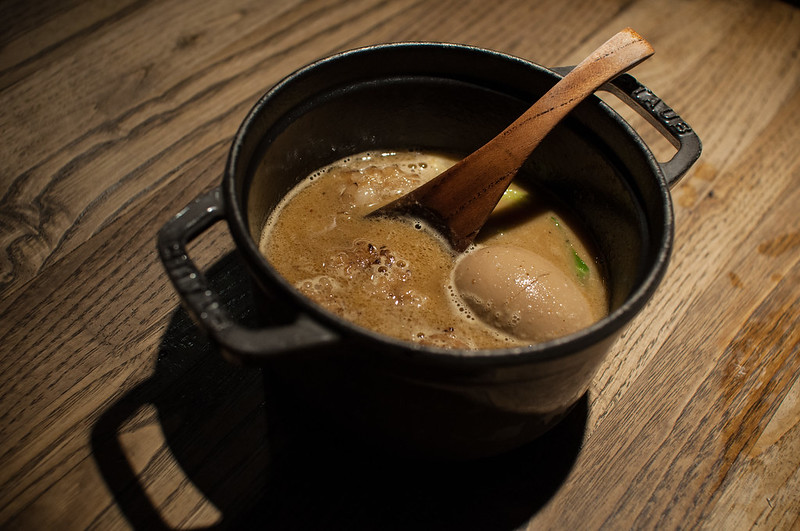
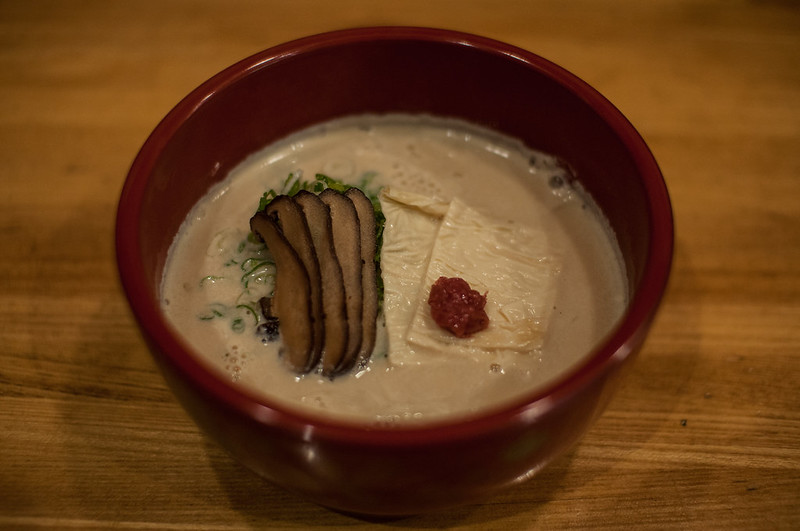
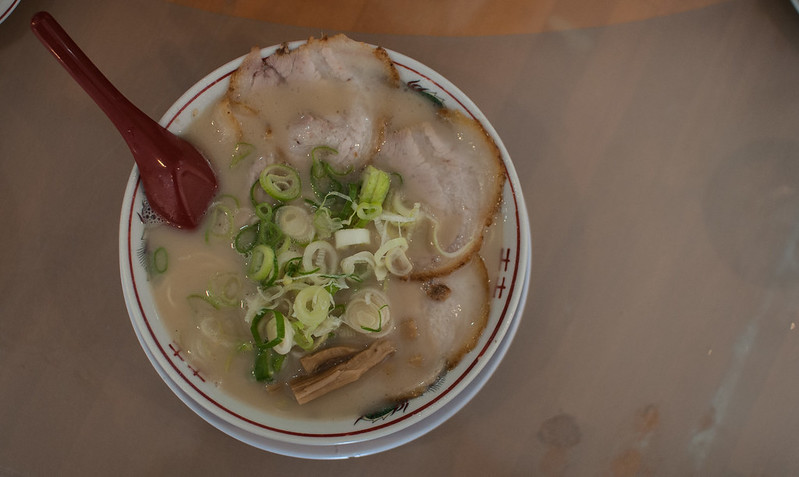
You must be logged in to post a comment.